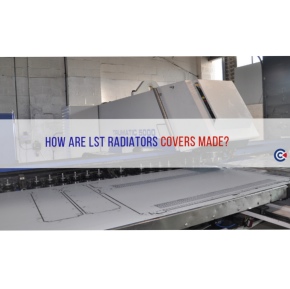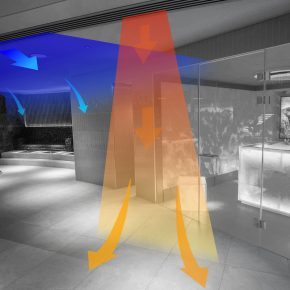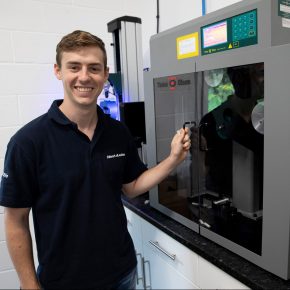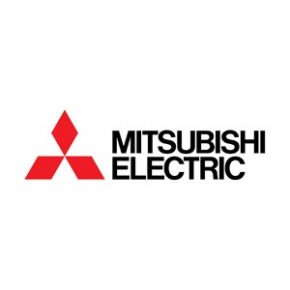
How are LST radiator covers made?
Contour discusses the manufacturing process for how LST radiators are made, making sure that customer’s needs are met, and creating quality heating solutions every time.
Contour produces LST radiators in the following materials depending on the customer’s needs:
– 1.5mm Zintec Steel as a standard
– 2mm Aluminium for spaces without anti-ligature requirements
– Magnelis Steel
Contour believes it’s important that its LST radiators are robust and built to stand up against the hectic environments they are installed into. The type of environment the LST is going into will affect the type of material that it’s made out of.
Survey Sheets & Drawings
Contour carries out an onsite survey to get accurate measurements for the LST radiators that customer’s require to ensure that they will be an exact match for their needs. Once the measurements have been approved, Contour can begin the manufacturing process.
Then, Contour starts using the survey sheets as they provide all the information that is needed to create the LST radiators. The information is put into a computer to create a CAD drawing of the LST using RADAN software.
Punching
Once the CAD drawing has been created, Contour can begin work on creating the LST radiator itself. This starts out as a large sheet of the material specified by you which undergoes a process called punching. This is where Contour then creates the places for pipework, grilles and other fittings that will become part of the structure of the heating system.
On a standard LST radiator, the punch machine can carry out 1200 hits every minute with each hit using around 22 tonnes of pressure to get through the material. The process takes between 7 minutes and an 1 hour, but this varies depending on the LST radiator itself.
Once this process is complete, the metal is known as a blank. This is because it has not yet been folded into the shape of the radiator cover.
Folding & Welding
Folding the LST radiator takes place on a press break; this bends the blank to create the actual shape of the LST radiator. The press break can apply up to 170 tonnes of pressure. However, a standard LST radiator only requires 8 tonnes to create the shape.
After leaving the press break, the LST radiators are sent to the welding bay. Depending on the type of material that the LST radiator is made up of, the welding process will differ. If the LST is made of steel it will have MIG welding, and if it’s aluminium it will be TIG. From here, the LST radiator needs to be smoothed off. This process is called linishing.
The LST is decontaminated of oils and finger prints that may have accumulated on the surface during the manufacturing process to make sure that it’s completely clean and ready to be painted.
Powder Coating
Contour’s LST radiators are painted using a dry powder coating process which seals the paint to the surface of the LST and protects it against scratches and damage that could otherwise expose the metals.
The powder coating includes BioCote® antimicrobial technologies. In hygiene conscious environments such as schools and hospitals this can reduce the presence of potentially harmful microbes such as MRSA and E.Coli which can affect school absenteeism and patient wellbeing.
As standard, Contour LST radiators are coated with 60 microns thick powder coating, but this can also be as thick as 90 microns, giving an even and smooth coating across the entire surface.
Contour can supply our LST radiators in a range of colours to ensure that they fit in with the aesthetics of your space exactly. The powder coating process is where the colour is added.
Curing
Once the LST radiator has been coated, it has to be cured. This process involves heating the LST radiator in a large oven to get the powder coating to melt to the surface.
This process varies in how long it takes but is typically between 15 and 30 minutes at high temperatures. The result is a sleek, even finish across the surface of the LST radiator.
Contour can be contacted at;
The Mansions
43 Broadway
Shifnal
TF11 8BB
Tel: 01952 290 498
Email: sales@contourheating.co.uk
Visit Supplier's page
Latest news

1st April 2025
Gilberts Takes Thermal Comfort to New Heights
Gilberts Blackpool is continuing to build on its reputation as a pioneer with the unveiling of ThermaAstute™ – the most extensive range of thermally sensitive diffusers in the market.
Posted in Air Conditioning, Articles, Building Industry News, Building Products & Structures, Building Services, Facility Management & Building Services, Heating, Ventilation and Air Conditioning - HVAC, Innovations & New Products, Restoration & Refurbishment, Retrofit & Renovation, Sustainability & Energy Efficiency
1st April 2025
University of Bath Student Helps Vent-Axia Win Two Environmental Industry Awards
Leading ventilation manufacturer, Vent-Axia, is delighted that the valuable work University of Bath student Roben Els undertook during an industry placement at the company contributed to it winning two environmental industry awards.
Posted in Air Conditioning, Articles, Awards, Building Industry Events, Building Industry News, Building Products & Structures, Building Services, Heating, Ventilation and Air Conditioning - HVAC, Recruitment, Retrofit & Renovation, Sustainability & Energy Efficiency, Training
1st April 2025
Ahmarra: Fire Doors Designed for Hospitals & Healthcare Environments
Ahmarra is a leading UK specialist in fire doors for healthcare environments, having manufactured and installed thousands of bespoke doorsets for NHS hospitals across London and the South East.
Posted in Access Control & Door Entry Systems, Accessibility, Acoustics, Noise & Vibration Control, Architectural Ironmongery, Articles, Building Industry News, Building Products & Structures, Building Services, Building Systems, Doors, Facility Management & Building Services, Health & Safety, Interior Design & Construction, Interiors, Restoration & Refurbishment, Retrofit & Renovation, Security and Fire Protection, Timber Buildings and Timber Products, Wooden products
1st April 2025
Mitsubishi Electric: New intuitive, IoT-ready centralised controller offers instant access to 400 units
Mitsubishi Electric has launched a new user-friendly, touchscreen controller to offer full remote controllability, monitoring and reporting for up to 400 air conditioning units.
Posted in Air Conditioning, Articles, Building Industry News, Building Products & Structures, Building Services, Facility Management & Building Services, Heating Systems, Controls and Management, Heating, Ventilation and Air Conditioning - HVAC, Information Technology, Innovations & New Products, Pipes & Fittings, Plumbing, Posts, Research & Materials Testing, Retrofit & Renovation, Sustainability & Energy Efficiency
 Sign up:
Sign up: